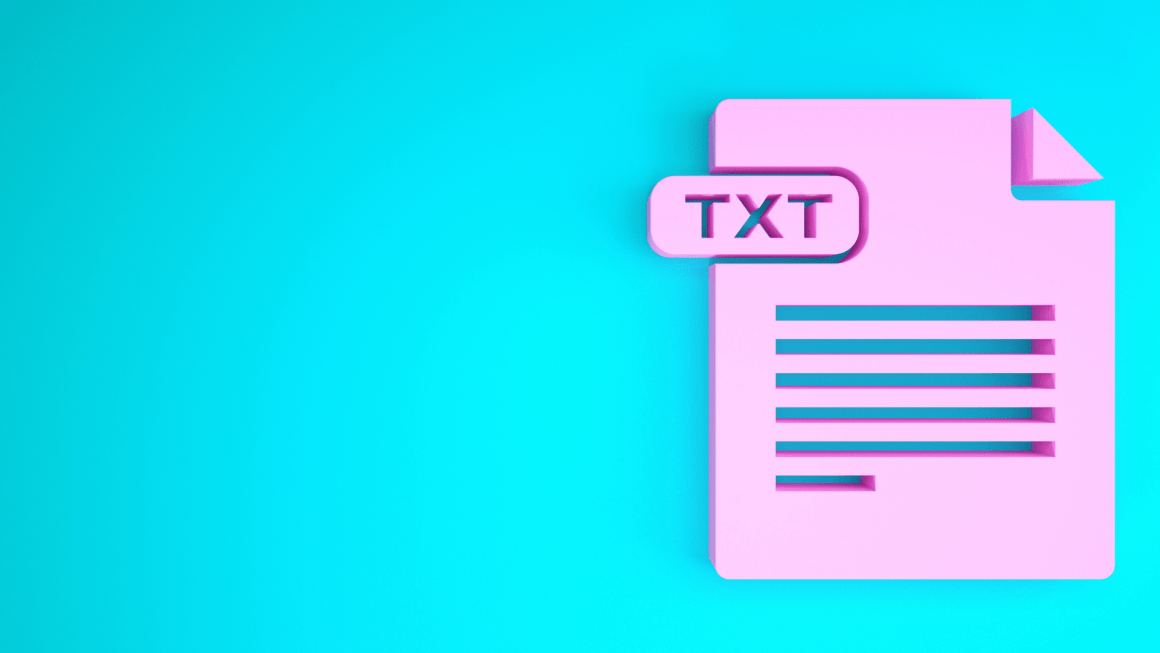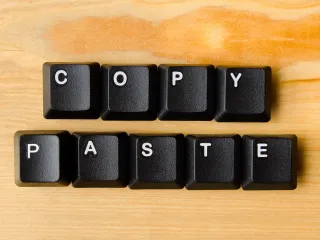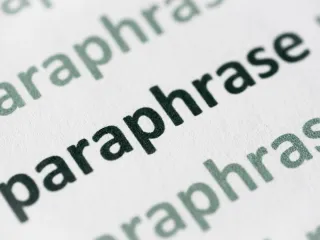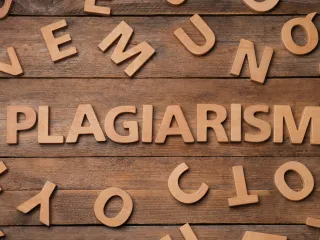Comparing Documents for Similarities: Text Files
Since plagiarism is, unfortunately, such a common issue with students, it becomes the responsibility of professors and teachers to ensure students leave their middle school, high school, and college education with a proper understanding of good writing skills. This includes educating students about the risk and consequences associated with plagiarism and providing resources or information about how to avoid plagiarising from other authors.
Student plagiarism comes in many forms. They may utilize an incorrect citation, or improperly paraphrase a segment from another writer’s work. It is also possible for a student to unintentionally plagiarize by failing to cite a source accurately or using too much already published material to back up their point in a paper. On rare occasions, high school and college students might even buy papers online or pay someone to write something new to turn in as their work.
Comparing text files for similarities can help both students and teachers catch these mistakes. Teachers can easier spot citation errors when grading, and correct students if they may have improperly implemented a source in their paper before turning it in. Online, there are many free text comparison tools that compare two documents side by side to help realize any overly similar content between the two pieces. Microsoft even has the ability to compare two word documents. However, these comparison tools only contrast the two provided works and cannot compare a single document to all previously published outside sources for copied content. In addition, results are provided via syntax highlighting shown with the two documents side by side, which can get confusing when the content on line numbers doesn’t match up between the two documents.
A plagiarism checker like Quetext can compare text and whitespace with a multitude of outside sources, making spotting problems fast and easy. Users don’t have to worry about comparing file formats or needing to upload HTML, txt, or doc files. They can simply copy text (Ctrl + C) and paste it (Ctrl + V) into the box, regardless of if it was originally a word document, Google Doc, a text document, PDF file, or Excel sheet. In fact, even coders can use text comparison tools to check their source code in Unicode, XML, or when using programming languages like Python to develop websites, apps, and plugins. Quetext can be used on web browser in Windows, MacOS, and Unix systems.
Quetext can compare files to all available online text. Not only does this comprehensive file comparison catch copied content, but the tool recommends ways to fix the problems.
Importance of Comparing Documents
It can be necessary for teachers to compare documents to identify if students utilized similar phrases, concepts, or points from an already published source. While the student may have done their best to paraphrase and give credit to the original author, this scenario could still be flagged as plagiarism even if it was accidental.
Comparing documents could also reveal direct quotes from outside sources that lack quotations or proper citation. Too many lines from notes or source material used verbatim in a paper is a form of plagiarism that teachers must teach students to avoid.
Additionally, if a student is writing a paper similar to one they have already submitted in school, they might think it’s okay to reuse some material from the previous assignment since it was their own work. Unfortunately, in this situation the student would need to cite themselves, and without this citation, the instance would be considered self-plagiarism.
By comparing documents, copied content will appear quickly and make the work of grading or proofreading the paper easier. Teachers also benefit by realizing which students may need further instruction or guidance on the topic of plagiarism, proper sourcing, and citations.
Part of teaching students includes guiding them on the right path and providing them with the knowledge to make corrections in the future. Teachers who can catch both deliberate and direct plagiarism, as well as accidental plagiarism, early in students’ academic careers will do those students a huge favor.
The students will learn to source and cite material properly. They’ll also learn when and how paraphrasing is appropriate. Early on, teachers can correct innocent mistakes to help students avoid potentially career-altering problems with school papers and work reports.
How to Compare Text Files for Similarities
To ensure that they conduct a thorough check of student’s work, teachers and professors should use a text comparison tool like Quetext’s plagiarism checker. This reliable text editor tool checks the submitted content against all outside sources for copied content.
The free apps that compare two files side by side don’t contain the comprehensive difference checker tools Quetext employs to guarantee accuracy. Using Quetext to compare files provides significant benefits that other free text compare tool software don’t.
Using these diff checker tools is a good first step in detecting plagiarism, unintentional or otherwise. It’s especially helpful if the source material is available that students drew from to write the paper.
DeepSearch™ Technology
Quetext’s DeepSearch™ technology compares the content of a document against all available text on the internet. This search includes, but is not limited to, academic directories online, news websites, search engine results, and all indexed web pages.
Since this technology scans every previously published source online, it provides an added sense of security against accidental plagiarism that a text comparison tool would not. Using this tool ensures each student’s text is wholly original and contains proper citations if any outside material is included.
The DeepSearch™ Technology will find exact text matches, but it can also detect “fuzzy” matches and is sensitive enough to catch paraphrasings that are too close to the original text. Mosaic plagiarism containing small amounts of information from various sources pieced together is difficult to catch without this technology.
ColorGrade™ Feedback
Quetext’s plagiarism checker also offers ColorGrade™ Feedback making it easy to spot exact matches, nearly exact matches, and “fuzzy”‘ matches with clear color-coding. Users can see the amount of plagiarism and the different levels at a glance.
Cite Source Feature
Quetext has a built-in “Cite Source” feature that automatically generates citations in Chicago, APA, or MLA style for identified lines of copied or poorly paraphrased content. Users can add in-text and end-of-paper citations for the highlighted passage to correct the plagiarism.
This tool alone can help teachers and professors illustrate the difference between plagiarism caused by not citing sources properly and how to do it correctly.
The “Cite Source” feature is a time-saver for busy teachers and can help students who use the text comparison tool before handing in work.
Closing Thoughts
Quetext understands teachers’ struggles in trying to catch and correct copied content through incorrect phrasing and stilted writing. The time used to compare files takes away from other tasks, and a simple text compare tool one can find for free online doesn’t search deep enough.
While teachers can use Quetext free for contextual analysis on up to 2,500 words, a subscription provides comprehensive tools for repeated use with curated levels varying based on how many words users need to check each month.
Teachers and school administrators can choose a pricing plan starting for as little as $69 per year, depending on their individual and classroom needs. Try Quetext’s plagiarism checker and see how easy it is!









